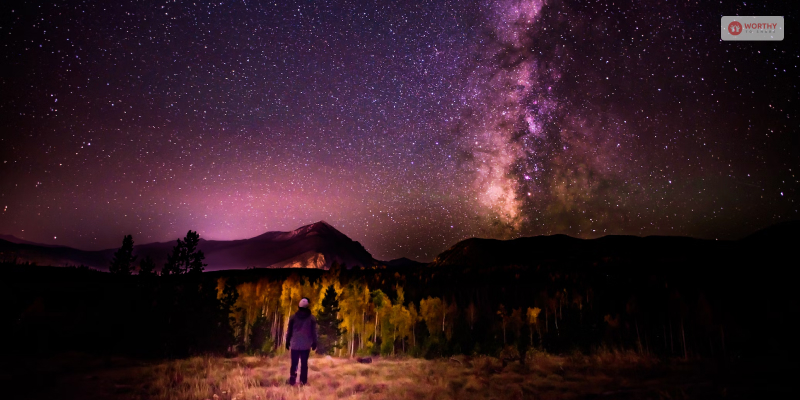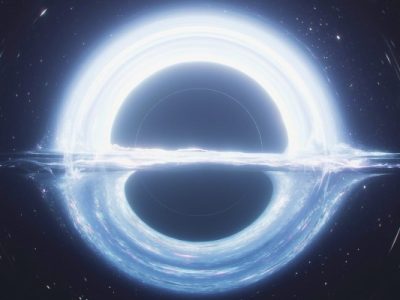The debate concerning white hole vs black hole has been going on for a long time! Did you know that when a star dies, there is a probability that a black hole might be born? It sounds all Lord of the Ringish type.
The plot of the death of a star and black holes is a story that will pique your curiosity. Big and bright stars are a significant part of our galaxy and are easily identifiable when you look up in the sky, but did you know that every star has a shelf life? One day, they have to die!
Please read the article to learn about different factors related to black holes and the way the death of a star is interconnected to it! I have always been intrigued with varying aspects of space, and this is one such topic that I would like to explore more. So why don’t you join me?
What Happens When Stars Die In Our Galaxy?
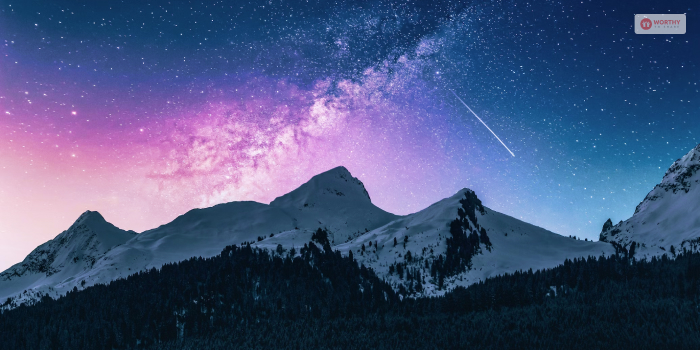
All stars have to die! According to NASA, all stars have to die one day. It might take a long time, such as almost a billion years, but they will disappear from the galaxy! The theory informs us that not all stars turn into Black holes, but some do, especially the biggest ones!
There are stars in our Universe that are bigger than the Sun by 8 to 10 times, so when a star of that size dies, the birth of a black hole occurs! So, according to the scientists, when a celebrity dies, it explodes because they have exhausted all their hydrogen!
The explosion leaves behind a mass of compact dense gases turning into a black hole sucking all light in! In complete darkness with a gravitational pull that is very high, the black holes come into existence.
However, let me clarify: not all-star death turns into a black hole! Some of the small stars leave behind white dwarfs or neutron stars. This mostly happens with the stars, which have lower birth masses.
The neutron star stage is the outcome of any average-size dying star! The formation of a white drawf is quite dense! A sense of the density can be understood; for example, one tablespoon of the matter of a white dwarf weighs around a thousand tons!
Supernovas Explode

The explosion of a supernova happens quite quickly, so with the hydrogen all dried up and the gravity crushing the star’s core, the last few moments include intense shock waves, which can be experienced across the galaxy.
This leads to the formation of an interstellar black hole with the power to grasp anything within its gravitational pull! It forms the densest section of the solar system and galaxy, where the force of gravity absorbs all light, pitching everything into darkness!
One such example of an exploding Supernova was observed in November 2022 by the Hubble Space Telescope, which happened almost 11 billion years ago. During that time, the Universe was in its 5th state, and the telescope had successfully taken images of the explosion at different stages.
The images show the star’s hot and cold explosion across various events! The colors reflecting the change showed a transition from bright blue to red, later completely burning out and turning dark! This was, ofcourse, the first practical sighting of the death of a massive star by human beings.
Dying Star And The Black Hole
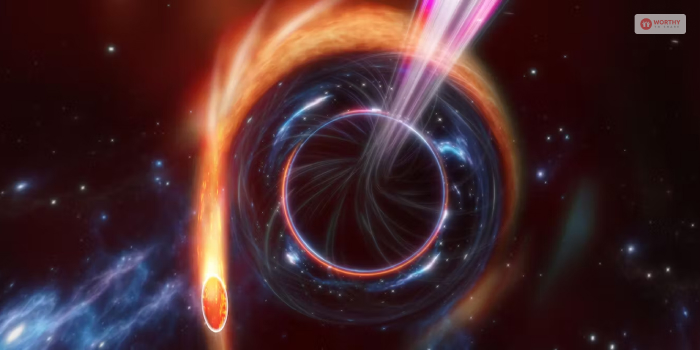
Read more about white hole vs black hole and how it relates to a dying star! Now that you know that all stars will die, imagine the Sun losing all its light and exploding into a supernova one day! So, what is a white hole?
Let’s learn how a dying star can create a black hole. Stars with low birth masses turn into neutron stars; however, with bigger stars, the stellar supernova turns into a black hole. The collapse of the stars, which are almost 8 to 20 times the size of the Sun, creates a deep gravity!
The black hole status can only be gained when the star becomes more dense than a neutron star, so a neutron star is on the edge of becoming a black star. It becomes a black hole that can only happen when no light can escape from the black hole!
The star becomes a black hole after the explosion, also called a supernova! Inside a black hole, there is a gravity well trapped inside. Hence, it only absorbs everything that crosses the gravitational force. This is only possible when the star’s mass is more than eight times bigger than the Sun.
Do Black Holes Die Too?
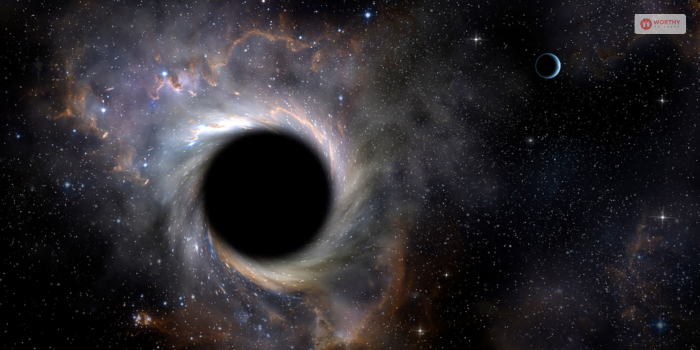
There is no death of black holes, but it does evaporate over time; however, this time is quite long. It is theoretically predicted that the black hole’s disappearance will take a long time, but before that, the accretion of matter will constantly increase.
It was Stephen Hawking who claimed that black holes would shrink quite slowly while radiating away energy through immense gravity. The event horizon of the black hole is where weird things happen while, as per the Quantum theory, the virtual particles pop in and out of existence.
Considering there is a particle, there will also be an anti-particle that combines or disappears during different time zones. It was the existence of particles and anti-particles that survived and then annihilated each other across time, leading to the disappearance of the black hole.
The time that we are discussing regarding the death or disappearance of the black hole is quite long, longer than our Universe. Billions of years will pass before a black hole disappears.
Can Stars Give Birth To White Holes?
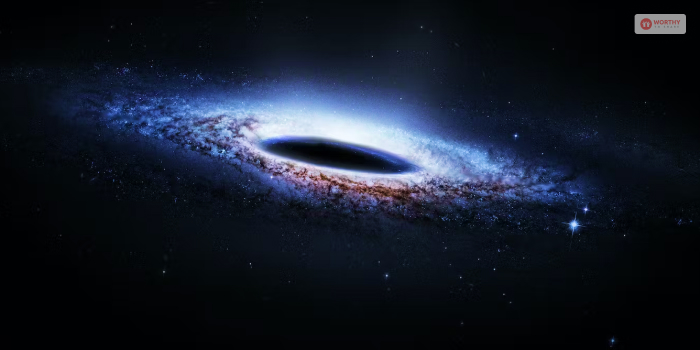
Regarding the white holes, there is no analogous process as such to the creation of white holes, especially because the claims about white holes are mostly theoretical! The gravitational collapse of a star concerning the formation of a black hole is a physical process with evidence.
Unfortunately, there has not been any evidence, and physicists cannot know more about the birth of the white hole! There has been one event where there was some relativity of the white hole being an instantaneous event compared to the long-lasting black holes.
So, do white hole exist? Scientists have been speculating about the existence of white holes, so there is no concrete proof that the explosion of a star’s supernova might influence the formation of a white hole. The star’s death will be collapsing into forming a black hole.
Getting Lost In Eternity…
The white hole vs. black hole will continue until humans get evidence that white holes exist. The black holes are an outcome at times when the birth mass of a star is too huge!
The death of a star ultimately is more beautifully apparent because of the exploding supernova. But the black hole creation turns into a different aspect of the galaxy altogether.
Comment down to let us know what you think about the death of a star and its relationship with a black hole.
Read Also:

